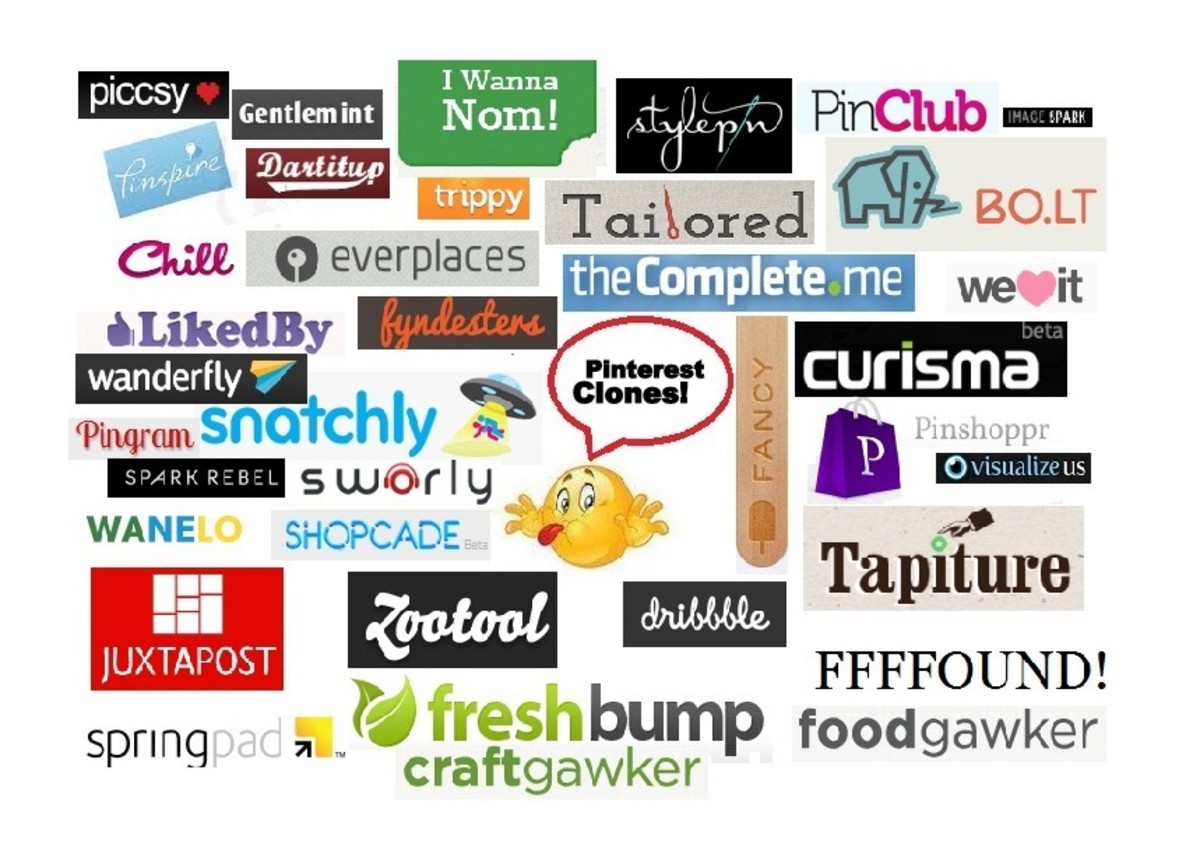- HubPages»
- Business and Employment»
- Marketing & Sales»
- Internet Marketing
Welcome to the Social Media Medicine Show

Social Media as a Medicine Show
During the years the west was being settled, it was common to see medicine shows where businessmen attempted selling their goods to the public. During the medicine show, the businessman or huckster stood up in a public arena. In some cases, he may have used barkers or ringers in growing an audience. The barkers announced his speaking and through their proclamations attempted generating what is now termed ‘”buzz”. By generating excitement about the show, the size of the audience increased. Very often, the more emotions that could be excited, the larger the crowd grew. The ‘ringer’ was a person or persons planted in the crowd. These plants often testified about how well the product worked with them.
During his presentation, the medicine showman gave his speech regarding the product. After entertaining the crowd about the origin or properties of the product, he began the sales pitch. These businessmen made elaborate promises about their product, using hard sell techniques and showmanship to attain sales. Their use of hard sell techniques and elaborate promises were entertaining to the crowd, yet soon earned them reputations as charlatans and snake oil salesmen. Once the medicine show businessman tarnished their reputation in one community, they moved on to the next one. Even to this day, the term ‘snake oil salesman’ carries with it the image of a charlatan.
Although knowledge of human behavior has increased since those times, the techniques used by many modern entrepreneurs on the internet, especially in the use of social media amounts to digital versions of the medicine show. Elaborate promises about massive profits, minimal investments, and large crowds are often heard. The promises may indeed by true, yet their approach is damaging to social media. In promoting their product, many still use the hard sell approaches of the snake oil salesmen. They use social media as conduits to access the public with their hard sell message.
Besides entrepreneurs, many politicians and political groups use social media as part of their political campaigns. Although the technology is new, the techniques share many similarities with the medicine shows of the west. These groups often attempt generating ‘buzz’ like the hucksters of old. Whether it is through comments their candidate made or a response to their opposition, the groups use them to generate the buzz. When dealing with buzz, once again, the higher the emotionality, the larger the crowd. In the political world, statements and positions are often exaggerated in order to gain more buzz. Some groups even make outlandish comments in order to generate more buzz. What becomes important to them is growing the largest crowd they can, rather than focusing on the truth about their candidate (their product) and their positions. In the arena of social media, there are many times that exciting emotion is more important than being factual.
Political groups also use ‘ringers’ with social media as well. This is done via endorsements or using celebrities to endorse the candidate. By using someone that the public is familiar with, there is a greater chance of believability. When dealing with a group, presenting them with someone they like or are familiar with can be persuasive in selling the candidate. These modern ringers serve the same purpose as the ones in the medicine show, they function as plants that encourage the crowd, or public to accept the product or candidate.
The medicine show format is also used by many people selling their products. Large established businesses are often slower in adjusting to the new technology than the entrepreneurs and politicians. When businesses have been around for a while, they have seen their share of trends and gimmicks. Since they have experience in dealing with other “Johnny come lately” approaches, they are more cautious in their use of social media.
The new technology of social media requires new approaches. Social media is designed to be ‘social’ or interactive. This technology is designed for building friendly social interactions. It is designed to build friendships. These old school marketers are instead using the media to exploit relationships rather than build them.
When social media is used in the interactive way it was designed for, there is give and take on the websites. Those with a product interact with the public. The message is not limited to one-way communication. With an interactive media, the consumers in the public can give feedback and comment on what is being sold. When there is such interaction, the marketer is no longer in a position where they can make wild claims about their product. The product will have to stand on its own and sell itself. In a social media marketplace where social media is allowed to be social, the product will have to deliver what it promised.
Besides social media providing interaction, it also changes the marketplace by speeding up interaction time. The consumers are in a position to speak up immediately. The fast reaction time means that those selling products will need to not just deliver results, they have to deliver on their promises quickly.
Besides fast results, with social media, the marketers have to hold the attention of their public. With social media, marketers will need to have games, gimmicks and attractions to hold the attention of the public. When marketers do not deliver what they promise, or when the crowd is bored, the public moves on to the next product. In order to fully utilize social media, you have to attract the attention of your audience and keep their attention.
Those entrepreneurs and marketers who have mastered social media have learned about the power of a following. They may call their following their mailing list, or client list, subscribers or some other kind of list, what this list amounts to is their followers. These social media experts have learned about ‘critical mass’. When the number of followers reach a point of critical mass, there is a tendency for the mass to purchase whatever product is being offered. This fan base of critical mass often follows the business or person wherever they are found. Like groupies, they loyally support those who have won their loyalty and delivered the product promised.






